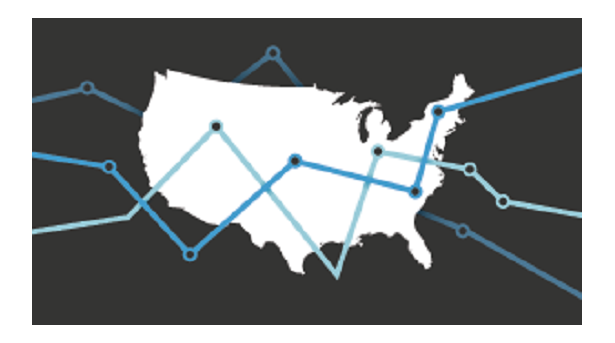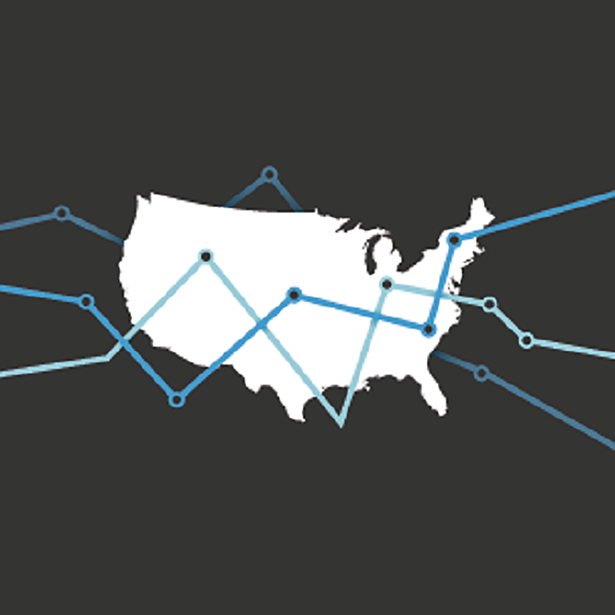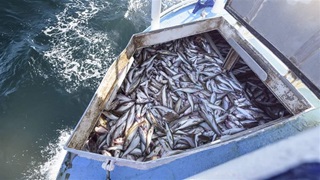Governors’ 2020 Priorities in Their Own Words
Analysis of state of the state addresses shows hopes dashed by COVID-19
As legislative sessions began earlier this year, many governors seized on widespread economic stability and revenue growth to lay out wide-ranging agendas and catch up on long-delayed priorities. Those agendas are now in a deep freeze, overtaken by the COVID-19 pandemic and ensuing state fiscal and economic collapse.
Governors’ annual State of the State addresses offer a snapshot of 2020’s stunning reversal of fortunes, in which many states that started the budget year with surpluses suddenly have billion-dollar budget gaps. Most of this year’s addresses—which sought to set the stage for legislative sessions and highlighted priorities for the year ahead—were delivered weeks or months before the dangers of the novel coronavirus were clear.
Governors typically touted recent economic progress and expressed optimism about the future. But in the only two addresses delivered after March 13, when President Donald Trump declared a national emergency, Minnesota Governor Tim Walz (D) and Arkansas Governor Asa Hutchinson (R) devoted their entire speeches to the pandemic’s public health and economic consequences. “I expect that our unemployment claims will continue to rise, all the result of this historic pandemic,” Hutchinson said in a speech without the customary live audience of legislators. “There has been nothing like it in our lifetime.”
Pre-pandemic speeches showcased priorities that now face long odds of becoming reality anytime soon. Instead of pursuing new infrastructure projects or promised raises for teachers, for example, governors are fixated on how to fill growing gaps in their fiscal year 2021 budget plans, which must be passed in most states by June 30. Governors have already postponed pay raises for teachers in Kentucky and transportation projects in Arizona. Depending on how much federal relief they receive and how much they have saved in rainy day funds, states face difficult choices from a menu that includes tax increases and spending cuts to education, health, public safety, or transportation services that residents rely on.
To visualize what was on governors’ minds in 2020, Pew researchers analyzed the text of the 44 State of the State speeches delivered from January to early April. Each sentence was categorized into 15 broad policy topics—such as the economy, budget and tax, infrastructure, pre-K to 12 education, public safety and justice, and health—generating a count of how many words each governor dedicated to each topic. By necessity, some text was counted in more than one category; for example, mentions of new elementary school construction were counted as both infrastructure and pre-K to 12 education.
Based on the words devoted to a topic, emphasis varied among the 24 Republican and 20 Democratic governors, though the most striking variations did not align neatly with party affiliation. The economy was discussed the most, with an average of more than 17% of words in addresses. Governors devoted the next largest portions of their speeches to pre-K to 12 schools and health care—the biggest recipients of state tax dollars. But California Governor Gavin Newsom (D) devoted almost three-fourths of his speech to his state’s homelessness crisis, while nearly half of governors didn’t mention housing at all. Infrastructure was the theme of approximately one-fifth of addresses by Massachusetts Governor Charlie Baker (R) and Michigan Governor Gretchen Whitmer (D), but five other governors didn't mention the subject. Tennessee Governor Bill Lee (R) focused about a third of his speech on pre-K to 12 education—more than double that of most other governors.
The longest speeches typically touched on a wider range of policy issues. At 18,798 words, North Dakota Governor Doug Burgum (R) delivered the longest address, while Walz gave the shortest at 1,811 words.
Comparing governors’ speeches in this way comes with some limitations. Governors frequently pursue policy objectives not specifically referenced in their addresses. Attention to the same topic doesn’t mean governors agree on policy approaches. And, of course, these chief executives use these high-visibility speeches for a range of purposes aside from ticking off policy and budget priorities. For example, Nebraska Governor Pete Ricketts (R) spent more than a third of his speech celebrating heroic actions during nearly a year of major flooding, which fell into Pew’s emergency management category.
Coronavirus upended governors’ agendas
Before the pandemic, governors capitalized on the longest period of U.S. economic growth in history and, for many, a second year of revenue surpluses to propose a range of initiatives with sizable price tags. “The state of our state is dynamic, ready for more, on the cusp of steady and sustainable progress,” New Mexico Governor Michelle Lujan Grisham (D) said on Jan. 21 as she proposed significant new investments in early childhood education, tuition-free college, senior services, and public safety. “We often looked at our budgets and longed to do more,” Mississippi Governor Tate Reeves (R) said on Jan. 27. “Today, we finally can.”
The vast majority of pre-pandemic proposals have not been enacted, both because of disappearing revenues and social distancing that led to unexpected early adjournments of legislative sessions.
Ten governors had proposed broad tax cuts that would have taken a notable slice out of state revenue or affected a significant portion of the population, while only two had outlined broad tax increases. Half of governors (22) put forward specific proposals to repair or build infrastructure, including roads and bridges, broadband, transit systems, and schools and other public buildings. Teacher pay raises were a common subject. Fifteen governors highlighted specific proposals to increase pay for pre-K-12 teachers, and governors in another 10 states drew attention to related improvements that their states had already made.
When most speeches were delivered, more than a decade after the end of the 2007-09 recession, preparing for the next downturn was on multiple governors’ minds, but there still seemed to be time to get ready. Maine Governor Janet T. Mills (D), though, struck a note of caution in her Jan. 21 remarks: “We must be ready for any downturn, any changes,” she said. “We must remain resilient.”
More than half of governors mentioned building up rainy day funds or reserves, often highlighting the importance of setting aside cash while they had fiscal flexibility. “These are the key lessons we learned the hard way in the Great Recession,” said New Jersey Governor Phil Murphy (D), whose state last year made its first deposit since draining its rainy day fund during the last recession. On the brink of the unforeseen new recession, six governors called for making additional deposits this year, and three more suggested creating an additional reserve fund for extra cushioning in a downturn. Along with proposed deposits, Idaho Governor Brad Little (R) called for raising the cap on the size of his state’s main savings funds, based on a budget stress test that projected potential fiscal impacts based on a range of economic scenarios.
Louisiana Governor John Bel Edwards (D) was the first to specifically cite the coronavirus in his March 9 speech, a week or so before cities and states around the country began issuing stay-at-home orders. But as early as Feb. 5, Connecticut Governor Ned Lamont (D) struck a prescient note in discussing health issues: “With infectious viruses threatening our nation and state from overseas, now more than ever, a thoughtful vaccination program is vital to keep our families safe.”
Barb Rosewicz is a project director and Melissa Maynard and Mike Maciag are officers with The Pew Charitable Trusts’ state fiscal health initiative.


America’s Overdose Crisis
Sign up for our five-email course explaining the overdose crisis in America, the state of treatment access, and ways to improve care
Sign up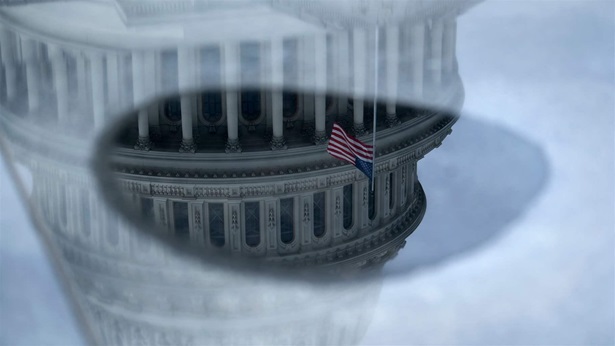
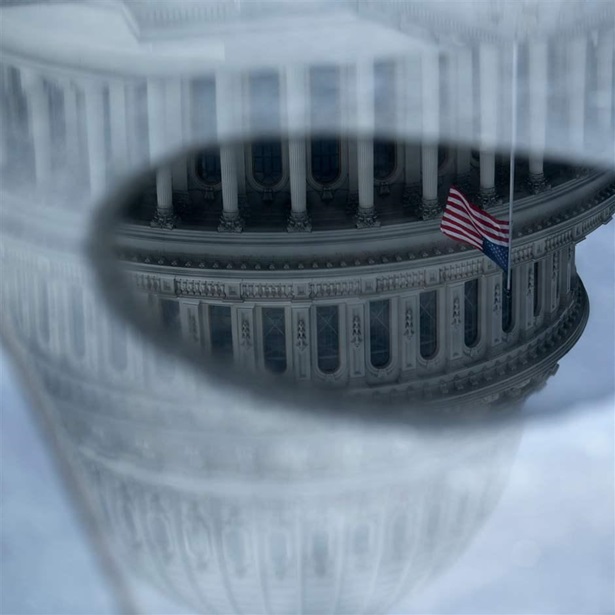
Economic Downturns: Protecting State and Local Budgets
